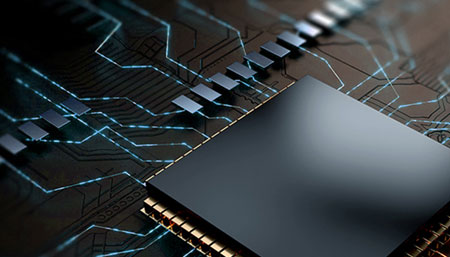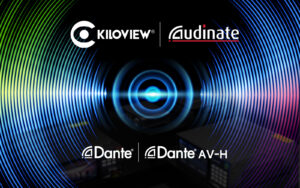What is the role of the HD video decoder?
The high-definition surveillance system includes front-end, transmission, back-end and center points, each of which is essential. Among them, the front end is responsible for the collection of high-definition images, the transmission is responsible for the transmission of high-definition images, the back end is responsible for the storage of high-definition images, and the center is responsible for the display of high-definition images and the management of services. It can be said that a set of high-definition monitoring system, which truly reflects the user’s intuitive value lies in the high-definition display of the center image, which is inseparable from the HD video decoder.
The main function of the HD video decoder is to receive and decode the front-end HD encoded image or webcam signal, and then display it to the TV wall through its various video output interfaces, such as SDI/HDMI/VGA/DVI/BNC output. The encoder and decoder are just a positive and negative process. The front camera signal source inputs the image, the encoder encodes it, transmits it to the far end through the network, and then decodes it through the decoder to output the image.
HD video decoders have two main applications for project size and the size of the central video wall:
- For small-scale TV walls, such as 4/8/12/16 splicing screens, the HD decoder can be used as a display control device to complete the decoding output display.
- For medium and large-scale TV walls, the display control device is generally an analog matrix or a digital matrix. Then the HD decoder is mainly responsible for receiving and decoding the network encoded data, and then using the decoded data as the input of the matrix.
Features and advantages of HD video decoders
The development of the decoder has gone through two stages of standard definition decoder and high definition decoder, which corresponds to the high definition process of the front end equipment. So, what are the characteristics and advantages of the HD decoder compared to the SD decoder?
1, the most important point, HD decoding. The decoding resolution has been upgraded from the original SD to 720P/1080P in HD, even to 3 million and 5 million pixels. The improvement of the front-end coding resolution necessarily requires the decoding capability of the decoder to be correspondingly improved.
2, HD display. HD, not only in HD decoding, but also in HD display. The standard output interface of the SD decoder is VGA and BNC. The BNC can only achieve the output effect of D1, and the VGA can only achieve the output effect of 720P. The high-definition decoder, the general output interface is HDMI or DVI, can achieve 1080P display.
3, large screen splicing. In the standard definition decoder stage, the video wall is generally a monitor, and by the high-definition decoder stage, the video wall has been upgraded to a large screen. Although the HD decoder’s single output interface has reached 1080P display, the large screen splicing wall requires a complete display of an ultra-high resolution image. Therefore, the HD decoder must have a large screen splicing function, and an input high-definition source can be completely projected onto a large screen through multiple high-definition output interfaces.
Kiloview DC230 HD video decoder is a professional hardware decoding device that can decode network video streams of multiple formats without relying on computer (such as IP-Camera, RTSP/RTMP/RTP unicast or multicast media). Stream, etc., output SDI signal, DVI-I signal (compatible with HDMI/VGA signal) video, and support multi-channel video simultaneous decoding output, support SDI and DVI, HDMI on-screen or split-screen display, decoding delay is optimally controllable within 200 milliseconds.










